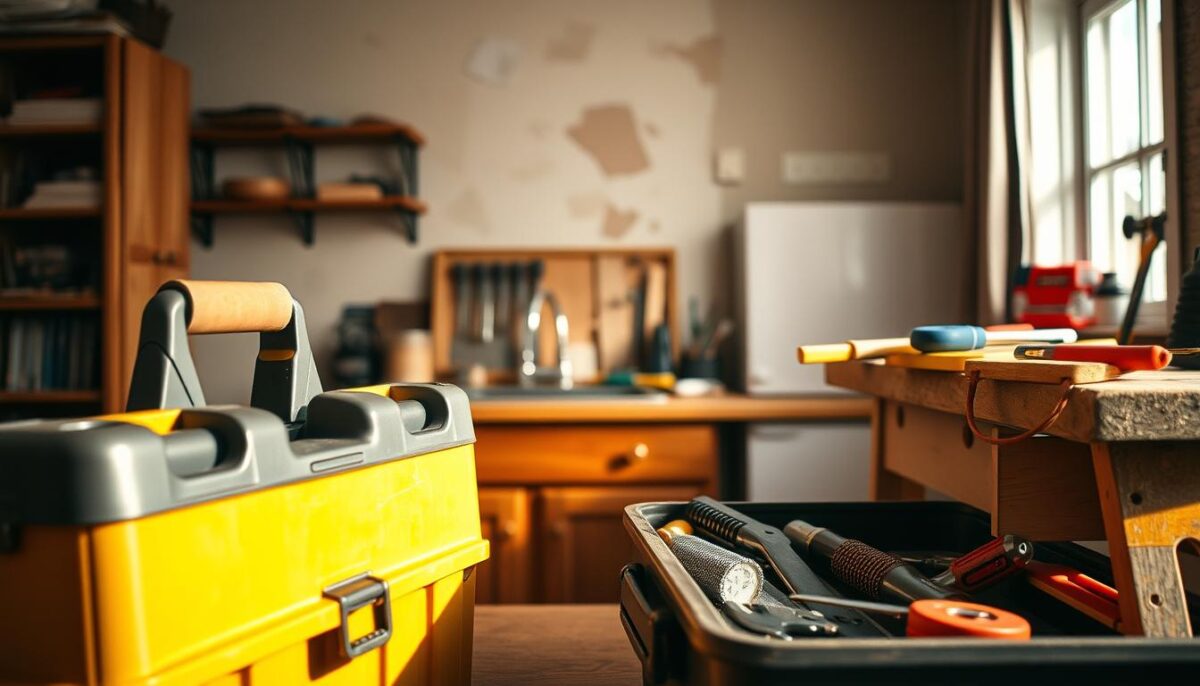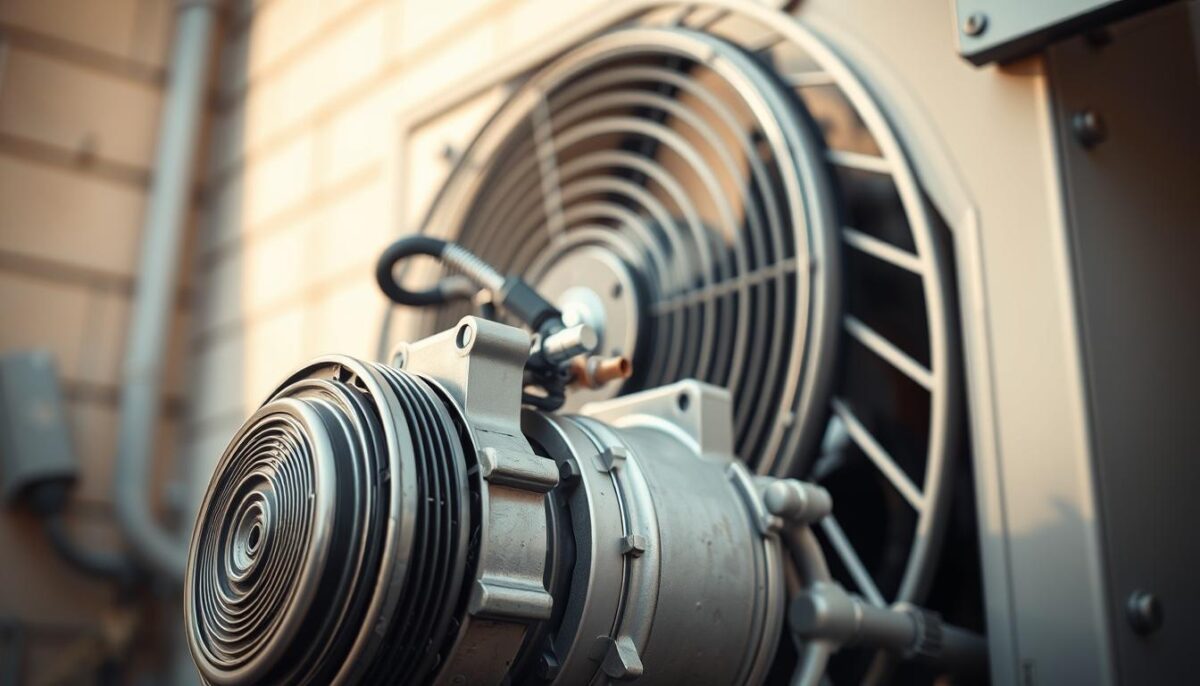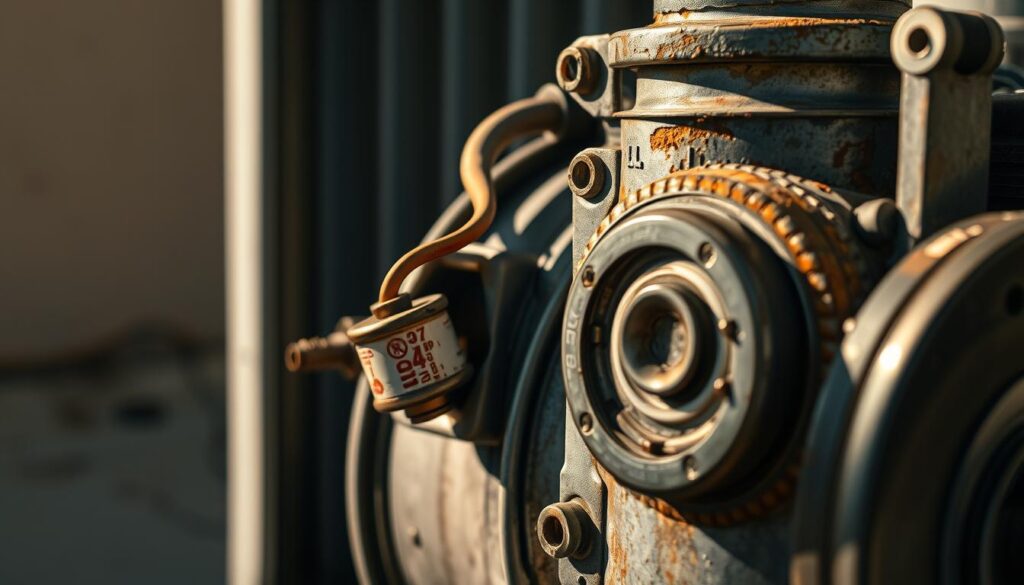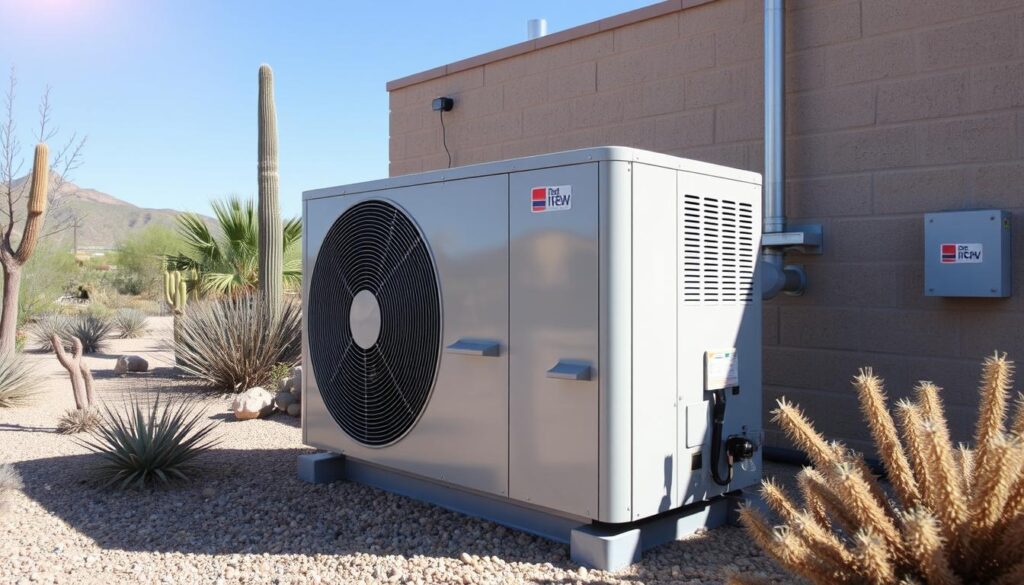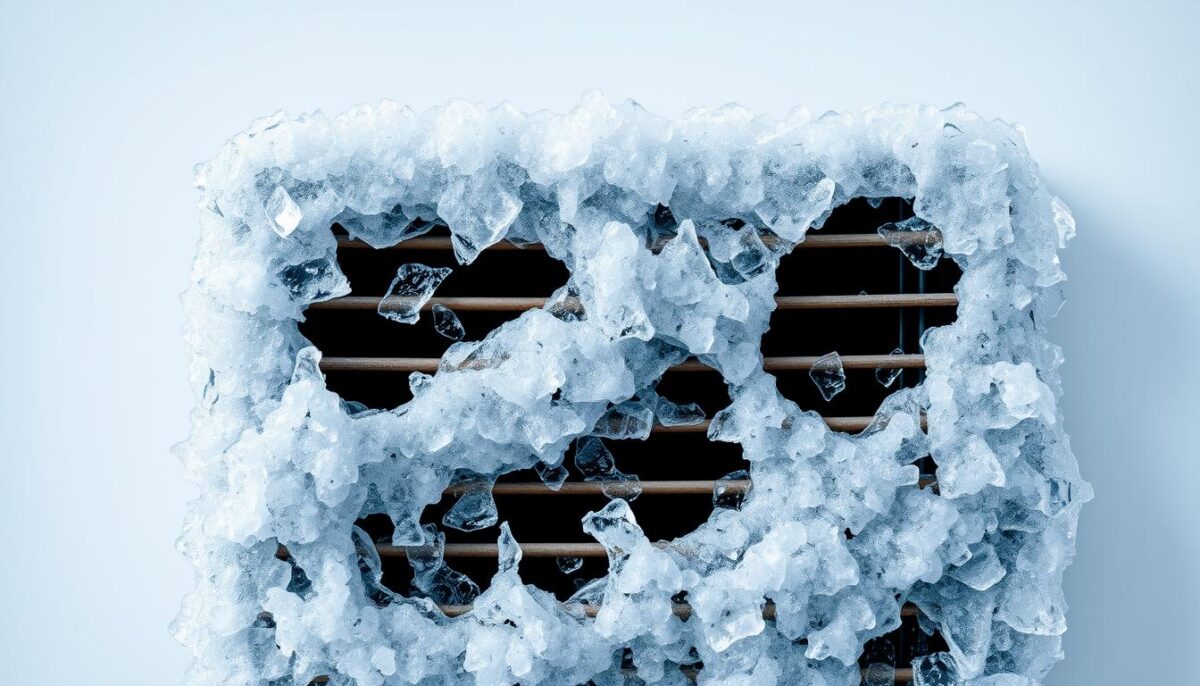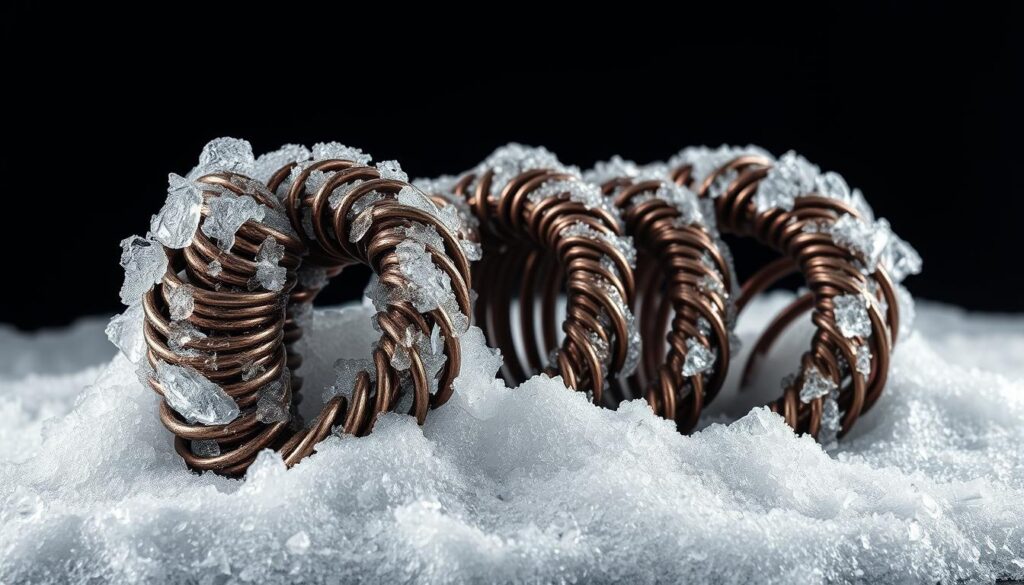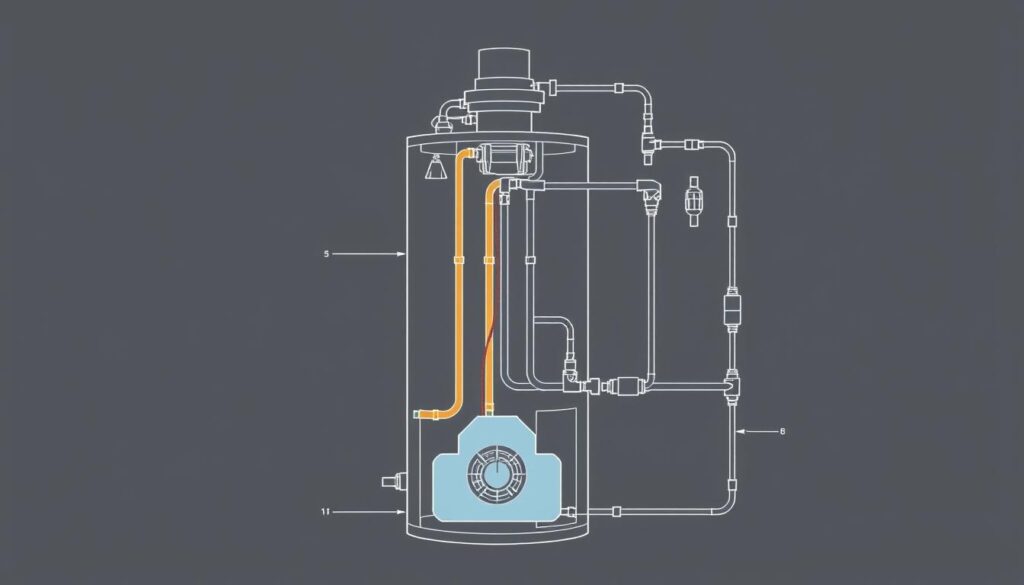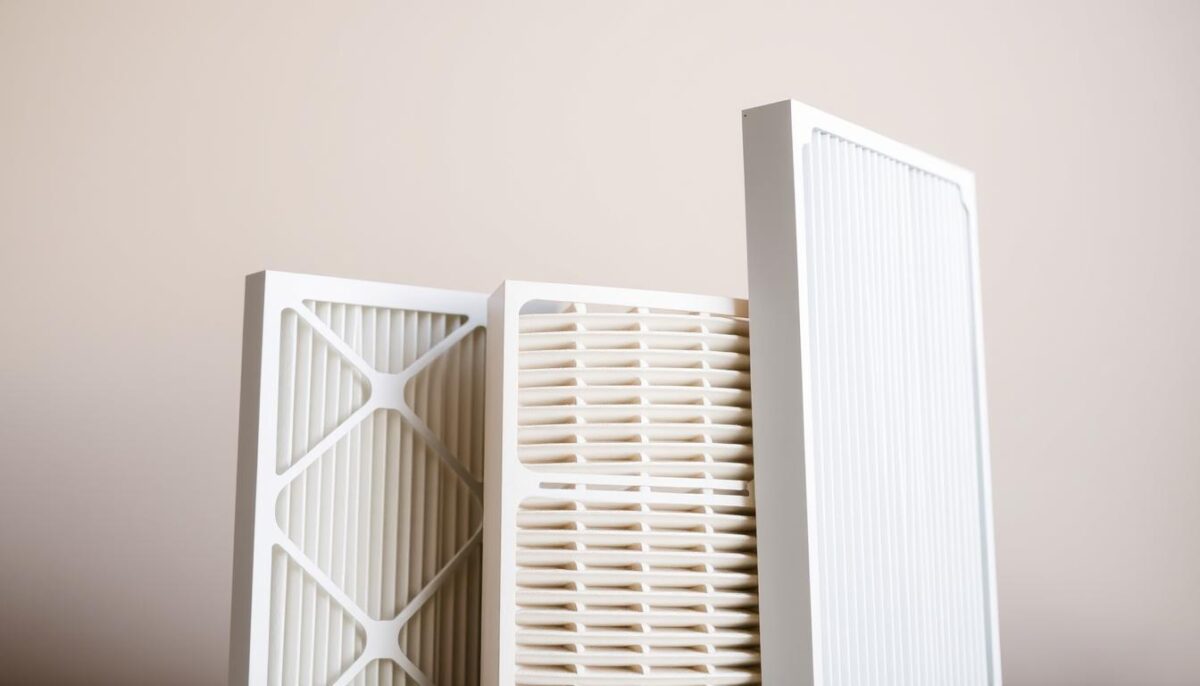Plumber vs Handyman: Who Should Handle Your Home Repairs?
When facing household repairs or maintenance issues, it’s essential to know who to call for the job. Oftentimes, people may be unsure whether they need a handyman or a specialized professional like a plumber.
Both play crucial roles in keeping our homes functional and well-maintained, but their expertise and scope of work differ significantly. Understanding when to call a professional for home repairs can save you time, money, and prevent potential damage to your home.
Making the right choice between professionals is crucial for ensuring quality work and avoiding potential legal and safety issues.
Key Takeaways
- Understand the key differences between professionals for home repairs.
- Learn when to call a specialized professional for plumbing issues.
- Discover the benefits of hiring a handyman for general home repairs.
- Make informed decisions about who to call for various home repair situations.
- Avoid potential legal and safety issues by choosing the right professional.
Understanding the Difference Between Plumbers and Handymen
Knowing the difference between a plumber and a handyman is essential for homeowners to make informed decisions about their home repairs. While both professionals can help with household issues, their areas of expertise and qualifications differ significantly.
What is a Handyman?
A handyman is a versatile professional who can handle a wide range of minor repairs and maintenance tasks around the house. They are often skilled in various areas such as carpentry, painting, and basic plumbing fixes. However, their expertise is generally limited to non-complex tasks that don’t require specialized training or equipment.
For instance, a handyman can be called upon to fix leaky faucets (though complex plumbing issues might be beyond their scope), hang pictures, or perform basic carpentry work. Their broad skill set makes them a convenient option for minor household repairs.
What is a Plumber?
A plumber is a specialized tradesperson who focuses exclusively on the installation, repair, and maintenance of water, gas, and sewage systems in homes and buildings. Professional plumbers undergo rigorous training through apprenticeships and technical education programs, typically lasting 4-5 years. They must obtain and maintain proper licensing, which requires demonstrating proficiency in plumbing codes, systems, and safety protocols.
Plumbers have in-depth knowledge of building codes, water conservation techniques, and complex plumbing system design. They work with specialized tools and equipment designed specifically for plumbing tasks that the average handyman wouldn’t possess. A licensed plumber can diagnose complex plumbing issues, repair and replace pipes, fix and install faucets, sinks, and toilets, clear clogged drains and sewer lines, detect and repair leaks, and install and maintain water heaters.
| Professional | Training | Specialization |
|---|---|---|
| Handyman | General, varied skills | Minor repairs, maintenance |
| Plumber | Specialized training, licensed | Plumbing systems, installations, repairs |
As noted by a plumbing expert, “The complexity of modern plumbing systems requires specialized knowledge and training to ensure safety and efficiency.” This highlights the importance of hiring a professional with the right expertise for the job.
The Expertise Factor: Training and Specialization
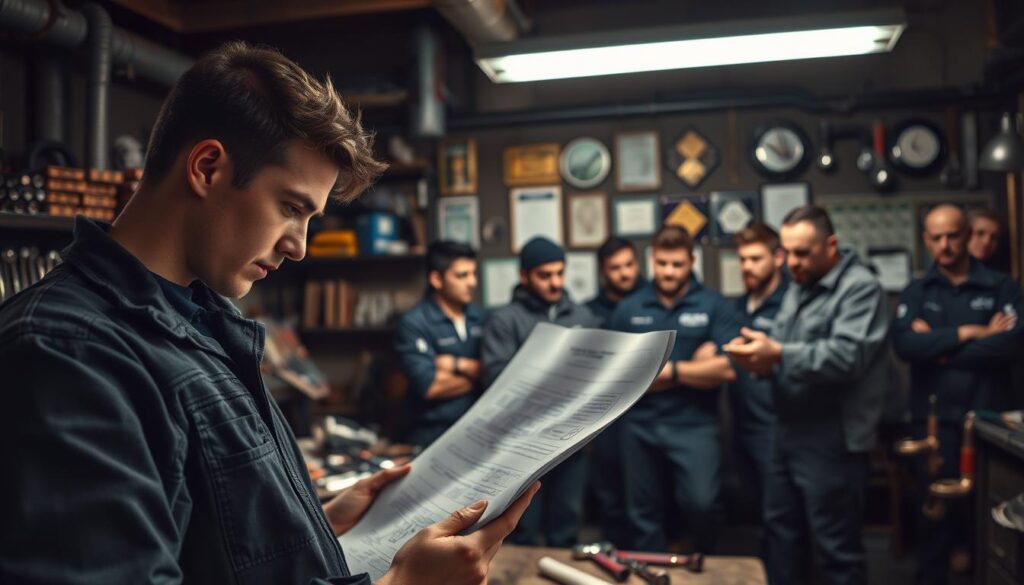
Expertise is a key factor in determining whether a plumber or a handyman is the right professional for your home repair needs. The level of training and specialization can significantly impact the quality and safety of the work performed.
Handyman’s General Knowledge
A handyman typically possesses general knowledge and skills that allow them to handle a variety of minor repairs and maintenance tasks around the house. Their expertise is broad but not necessarily deep, covering tasks such as painting, basic carpentry, and simple fixture installations. While handymen can be very useful for minor issues, their lack of specialized training may limit their ability to tackle complex problems, especially those involving plumbing systems.
Plumber’s Specialized Training
A licensed plumber, on the other hand, undergoes extensive training and must comply with state regulations, which often require a practicing license. This training includes learning about complex plumbing codes, understanding water pressure systems, and gaining expertise in areas such as pipe materials, fixture installation, and troubleshooting techniques. Professional plumbers receive their training through apprenticeship programs that combine classroom instruction with on-the-job experience, typically lasting 4-5 years. Their expertise enables them to diagnose and fix complex issues that might not be apparent to someone without technical knowledge of plumbing systems.
The specialized training that plumbers receive is crucial for ensuring that plumbing work is done correctly and safely. This includes understanding potentially hazardous situations involving gas lines, sewage systems, and water contamination, making their role indispensable for complex plumbing tasks.
Licensing and Certification Requirements
When it comes to home repairs, knowing the licensing and certification requirements for plumbers and handymen can save homeowners from potential legal and financial issues. The complexity of these requirements can significantly impact the choice between hiring a professional plumber or a handyman for your home services.
Why Plumbers Need Licenses
A licensed plumber has undergone rigorous training and has been certified to handle complex plumbing tasks. This licensing ensures that they are up-to-date with the latest plumbing codes and regulations, providing a level of assurance for homeowners. The process typically involves completing an apprenticeship, passing a licensing exam, and meeting other state-specific requirements. By hiring a licensed plumber, homeowners can have confidence in the quality and safety of the work performed.
Plumbers deal with complex systems that, if not installed or repaired correctly, can lead to significant safety hazards. Thus, their licensing is crucial for ensuring public safety and preventing potential disasters like gas leaks or water damage.
Handyman Licensing Considerations
The licensing requirements for handymen vary significantly across different states and even counties. In many areas, there are no specific licensing requirements for general handyman services. However, there are important considerations to keep in mind. For instance, most states have financial thresholds for projects (often between $500-$1,000) above which a contractor’s license becomes required, even for handyman work.
Many states also prohibit handymen from performing work that requires specialized licensing, such as electrical, plumbing, or HVAC work, regardless of the project’s size. Some handymen choose to obtain specialty licenses in areas like carpentry or painting to expand their service offerings while staying within legal boundaries. It’s essential for homeowners to verify the licensing status of any handyman they consider hiring, especially for larger projects.
Professional handymen often carry general liability insurance, providing protection for both themselves and homeowners. This insurance coverage is crucial, as it can mitigate risks associated with accidents or property damage during the project.
Cost Comparison: Plumber vs Handyman
When it comes to home repairs, understanding the cost implications of hiring a plumber versus a handyman is crucial. The cost of repairs can significantly impact your decision-making process.
The primary difference in cost between hiring a plumber and a handyman stems from their level of specialization and the complexity of the job. Plumbers undergo extensive training and often have to meet specific licensing requirements, which can drive up their service costs.
Why Plumbers Charge More
Plumbers charge more due to their specialized training and the need for specific licenses to perform their services. This specialization allows them to handle complex plumbing issues that may arise in homes.
A plumber’s pricing structure often includes additional costs for emergency services or after-hours work, contributing to the overall expense.
Handyman Pricing Structure
Handymen typically charge by the hour, with rates ranging from $50 to $100 per hour, depending on location and experience. Many handymen have minimum service charges, usually for 1-2 hours, regardless of the job size.
Their pricing is generally more flexible than that of specialized contractors like plumbers. For instance, handymen often provide discounted hourly rates for larger projects or when completing multiple tasks in a single visit.
| Service Provider | Pricing Structure | Emergency/After-Hours Rates |
|---|---|---|
| Plumber | Project-based or hourly with minimum charges | Often higher |
| Handyman | Hourly with minimum service charges | Generally lower or not applicable |
When to Call a Handyman
Recognizing the types of tasks that are suitable for a handyman can streamline your home repair process. Homeowners often have various maintenance and repair tasks that need attention, and understanding when to call a handyman can be beneficial.
Appropriate Tasks for Handymen
Handymen are versatile professionals who can handle a wide range of tasks. They are suitable for jobs that require general maintenance, repair, and improvement skills. Some of the tasks that are typically appropriate for handymen include minor plumbing repairs, painting, drywall repairs, carpentry work, and basic electrical work.
A handyman can be particularly useful for tasks such as replacing or repairing cabinet hardware, installing basic fixtures like towel bars and shelving units, and performing minor drywall repairs. They can also assist with assembling and installing furniture items and completing simple weatherproofing tasks.
Examples of Handyman-Suitable Projects
Some specific examples of projects that are well-suited for a handyman include:
- Installing crown molding or baseboards
- Assembling and installing furniture
- Performing minor drywall repairs
- Handling decorative improvements
- Taking care of seasonal maintenance tasks like gutter cleaning
Here is a summary of common handyman tasks and their complexity levels:
| Task | Complexity Level |
|---|---|
| Minor plumbing repairs | Low |
| Drywall repairs | Medium |
| Installing fixtures | Low to Medium |
| Furniture assembly | Low to Medium |
| Weatherproofing tasks | Medium |
When to Call a Plumber
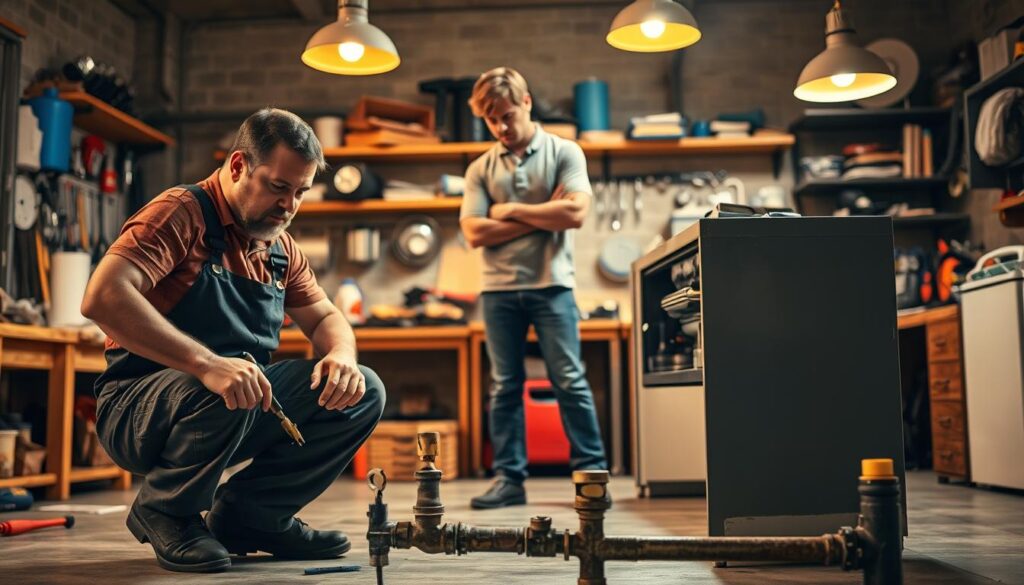
Plumbing issues can range from minor annoyances to major emergencies, and knowing when to call a plumber is crucial. One of the reasons that a plumber costs more is because they are licensed to deal with potentially dangerous and expensive situations.
Plumbing Emergencies
A plumbing emergency can occur at any time, often without warning. For instance, the smell of sewer gas in your basement or bathroom is not just annoying; it could be a sign of a potentially explosive problem. Sewer gases like methane are highly volatile and could lead to explosions. A trained plumber has the equipment and experience to check the line right out to the street, ensuring your safety.
Complex Plumbing Projects
Some plumbing projects are too complex for a handyman or DIY enthusiast. These include complete bathroom or kitchen remodels involving the relocation of plumbing fixtures, which require professional plumbers to ensure proper water supply and drainage.
- Installation of new plumbing systems in home additions or during major renovations must be done by licensed plumbers to meet building codes.
- Sewer line replacements or repairs involve specialized equipment and expertise to access and work on pipes that are typically buried several feet underground.
- Water heater replacements, especially when switching between different types (tank to tankless) or fuel sources, require professional installation.
- Whole-house repiping projects to replace outdated or failing plumbing materials like galvanized steel or polybutylene require extensive professional expertise.
- Installation of complex water treatment systems such as whole-house water softeners or reverse osmosis systems needs professional plumbing knowledge.
- Backflow prevention device installation and testing must be performed by certified plumbers to protect potable water supplies from contamination.
By calling a professional plumber for these complex projects, you ensure that the work is done correctly and safely, meeting all relevant building codes and regulations.
The Plumber vs Handyman Debate for Common Home Issues
Common home repairs often leave homeowners wondering whether they need the expertise of a plumber or the versatility of a handyman. This dilemma is particularly prevalent when dealing with issues like minor leaks, fixture installations, and water heater problems.
Minor Leaks and Drips
Minor leaks and drips are common issues that can often be addressed by either a handyman or a plumber, depending on the complexity. For simple faucet leaks, a handyman can usually provide a quick fix. However, if the leak is from a more complex system or indicates a larger issue, a plumber’s expertise is recommended.
Fixture Installations
Installing new fixtures such as faucets or toilets can sometimes be handled by a skilled handyman, especially if it’s a straightforward replacement. However, for more complex installations or when dealing with specific types of fixtures like tankless toilets, it’s safer to hire a licensed plumber to ensure compliance with local plumbing codes.
Water Heater Problems
Issues with water heaters often require the specialized knowledge of a plumber. While simple maintenance tasks like flushing sediment can be done by a handyman or even a homeowner, any issues involving gas lines, pressure relief valves, or internal components necessitate a licensed plumber. For instance, replacing a water heater involves complex water, gas, and electrical connections that demand professional plumbing expertise to avoid potential hazards like flooding or gas leaks.
In conclusion, while both handymen and plumbers can be valuable for home repairs, understanding the complexity and specific requirements of the task at hand is crucial in making the right choice. For significant issues, especially those involving plumbing systems or water heaters, hiring a licensed professional is often the safest and most cost-effective decision in the long run.
Insurance and Liability Considerations
Insurance and liability considerations play a significant role in deciding whether to hire a handyman or a plumber for your home repairs. Homeowners often overlook these critical factors, focusing instead on the initial cost savings.
The Importance of Proper Insurance
Hiring a properly insured professional is crucial for protecting your home and financial well-being. Licensed plumbers typically carry the necessary insurance to cover accidents and damage that may occur during their work. For instance, a visit to licensed and insured plumbers can provide homeowners with peace of mind, knowing that they are hiring a professional who is fully equipped to handle plumbing issues.
Potential Risks of Hiring Uninsured Workers
On the other hand, hiring an uninsured handyman can expose homeowners to significant risks. If an uninsured worker is injured on your property, you may be held personally liable for their medical expenses. Moreover, if the handyman’s work results in damage to your property, your insurance may not cover the costs of repairs if the damage is attributed to negligence.
Some potential risks of hiring uninsured workers include:
- Personal liability for injuries sustained by workers on your property
- Property damage not covered by homeowners’ insurance
- Potential for long-term issues like mold or structural damage due to improper work
- Limited legal recourse against uninsured workers who perform substandard work
Quality and Warranty of Work
The quality of work and warranty offered are key factors to consider when deciding between a plumber and a handyman for your home repairs. Both professionals have their strengths and weaknesses in terms of the quality of work and the guarantees they provide.
What to Expect from Professional Plumbers
Professional plumbers typically offer high-quality workmanship and comprehensive warranties on their services. Their specialized training and experience enable them to handle complex plumbing issues effectively. You can expect detailed written agreements and robust warranty terms that cover both the repair and potential related issues.
Handyman Work Guarantees
Handymen often provide a more personalized service and may offer guarantees on their work, although these are typically shorter and less formal than those offered by plumbers. Handymen usually provide warranty periods ranging from 30 to 90 days and may address related cosmetic concerns as part of their service.
- Handymen typically offer shorter warranty periods compared to specialized contractors.
- The scope of their warranties is usually limited to the specific repair.
- Independent handymen may offer more personalized service and be willing to make minor adjustments without additional charges.
Legal Considerations When Hiring for Home Repairs
Homeowners often overlook the legal aspects of hiring a handyman or plumber, which can lead to serious consequences. When it comes to home repairs, especially those involving plumbing, understanding the legal implications is crucial.
State Laws Regarding Plumbing Work
State laws vary regarding who can perform plumbing work. In many states, plumbing work is required to be done by licensed professionals. This is to ensure that the work is done correctly and safely, minimizing the risk of future problems or damage. It’s essential for homeowners to familiarize themselves with their state’s specific regulations before hiring someone for plumbing repairs.
Potential Consequences of Improper Hiring
Hiring an unlicensed handyman for plumbing work can have several negative consequences. Some potential risks include:
- Insurance policies may not cover damage resulting from work done by unlicensed contractors.
- Improperly performed work can lead to complications when selling the property.
- Homeowners may face fines for non-permitted work.
The consequences of hiring unqualified individuals can be severe, potentially leading to significant financial losses and legal issues. For instance, in the event of an emergency, a homeowner might find themselves liable for damages caused by a handyman’s negligence.
| Consequence | Description | Potential Impact |
|---|---|---|
| Insurance Coverage Issues | Damage not covered due to unlicensed work | Financial loss for homeowner |
| Complications in Property Sale | Discovery of improper work during inspection | Reduced home value or sale complications |
| Municipal Fines | Fines for non-permitted work | Additional financial burden |
To avoid these issues, it’s advisable to hire a licensed plumber who can ensure that the work is done correctly and in compliance with local regulations, thereby protecting the homeowner from potential legal and financial repercussions.
Making the Right Choice for Your Home Repair Needs
Making the right choice between a plumber and a handyman can save homeowners time, money, and potential headaches. When faced with home repairs, it’s essential to assess the complexity of the task and determine whether it requires specialized plumbing expertise.
For general maintenance and cosmetic fixes, a handyman can be a cost-effective solution. However, when dealing with plumbing-related issues, such as leaks, drainage problems, or gas line repairs, it’s crucial to hire a licensed plumber to ensure the job is done correctly and safely.
To make an informed decision, consider the following factors: the complexity of the task, potential consequences of failure, and local licensing requirements. For projects that involve intricate plumbing systems, a licensed plumber is the best choice. In contrast, simple tasks like fixture installations or basic maintenance can be handled by a handyman.
When in doubt, it’s always best to consult with a licensed plumber for an assessment. They can help determine the best course of action and ensure that the work is done to code. By choosing the right professional for your home repairs, you can have peace of mind knowing that the job will be done right, and your home will be safe and secure.

